
Achieving life like leaf textures and surfaces was a key challenge.
Capturing this texture, along with subtle details like leaf veins and imperfections,
required precise material setups and advanced shader techniques.
Getting the perfect balance between natural indoor lighting
and the plant’s interaction with it proved to be a challenge. Getting the leaves
to reflect and diffuse light realistically, without overexposing
or creating unnatural shadows, was a delicate process,
demanding precise tweaking of global illumination and light sources.
While aiming for high realism, optimizing the scene to ensure efficient
render times without sacrificing quality was tricky.
The complexity of the plant’s geometry and textures,
along with the interior environment,
needed fine-tuning to keep the render pipeline fast and efficient.
Making the Ficus Elastica the hero of the shot,
while keeping the surrounding environment aesthetically pleasing but understated,
required careful scene composition. Creating a balance where the plant stands out
but still feels naturally integrated into the space took several iterations and camera adjustments.
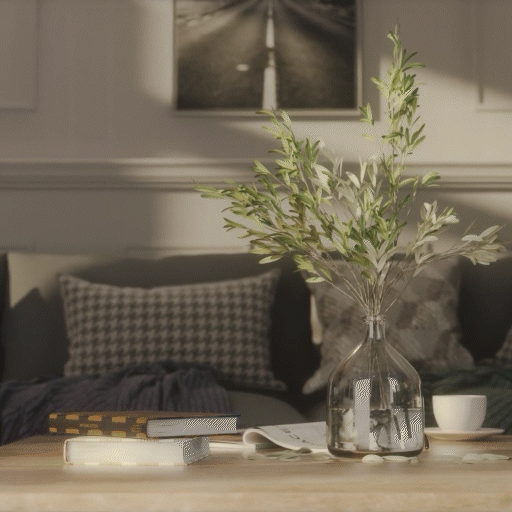
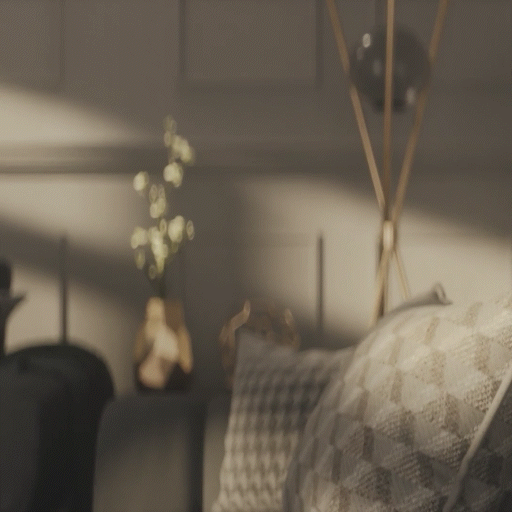
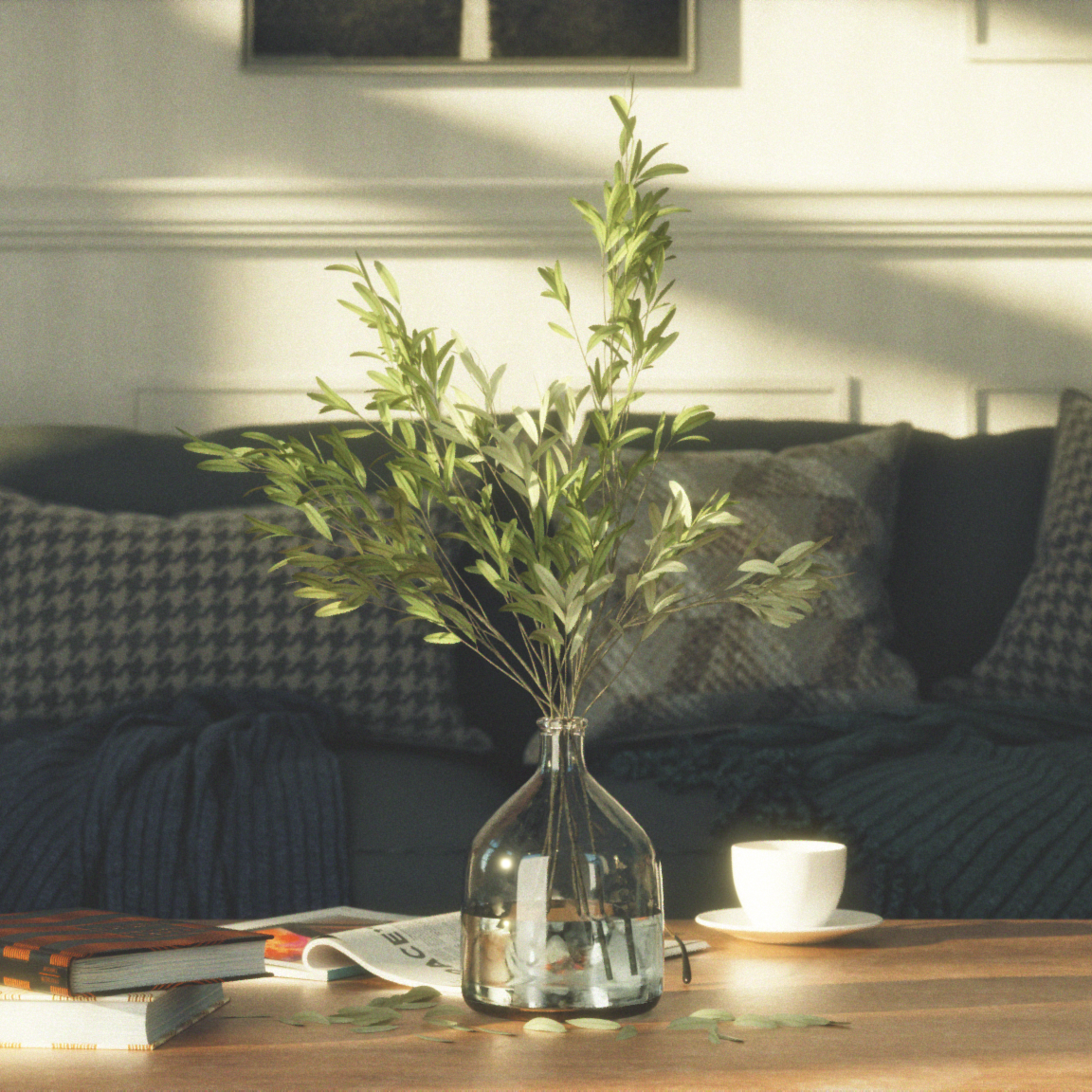
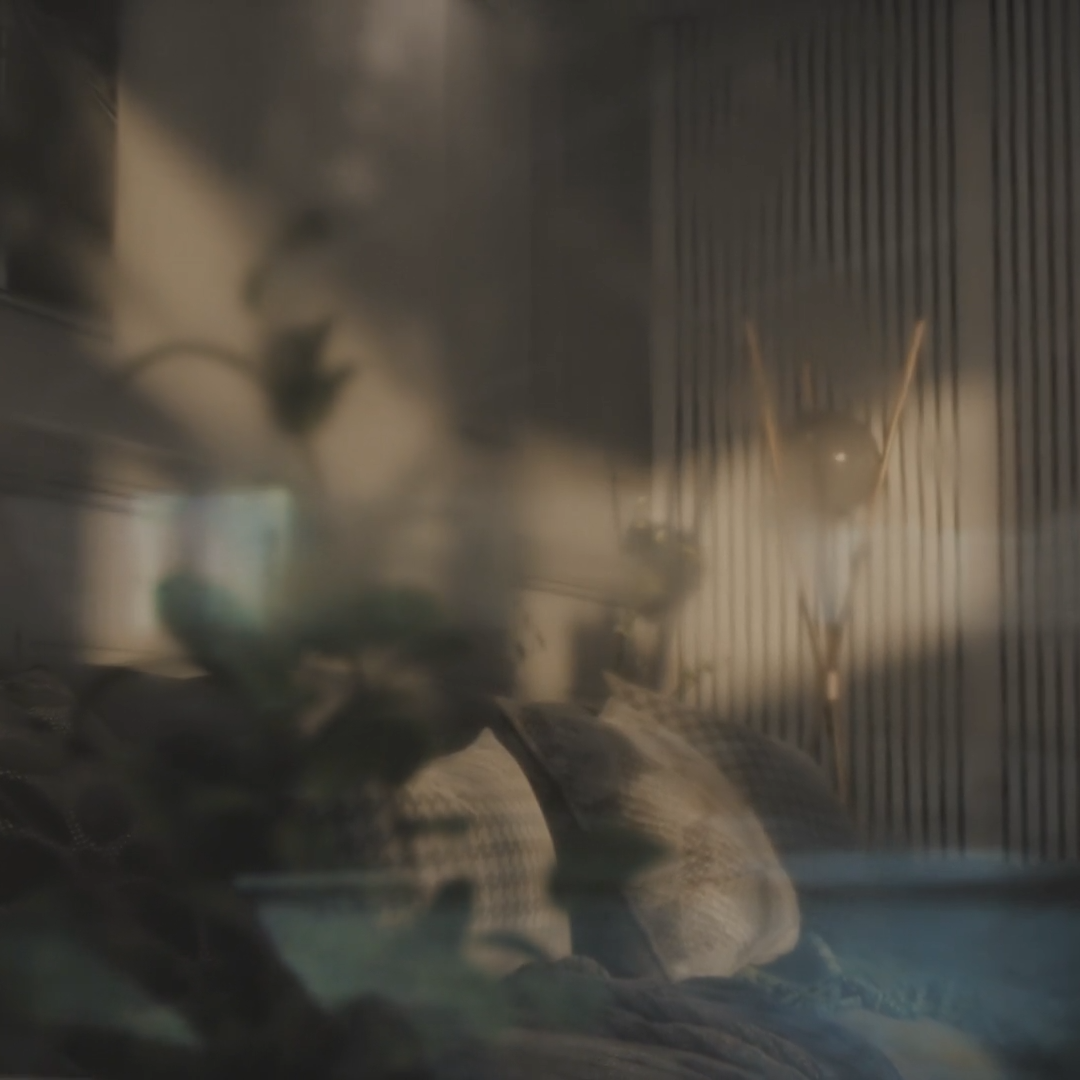
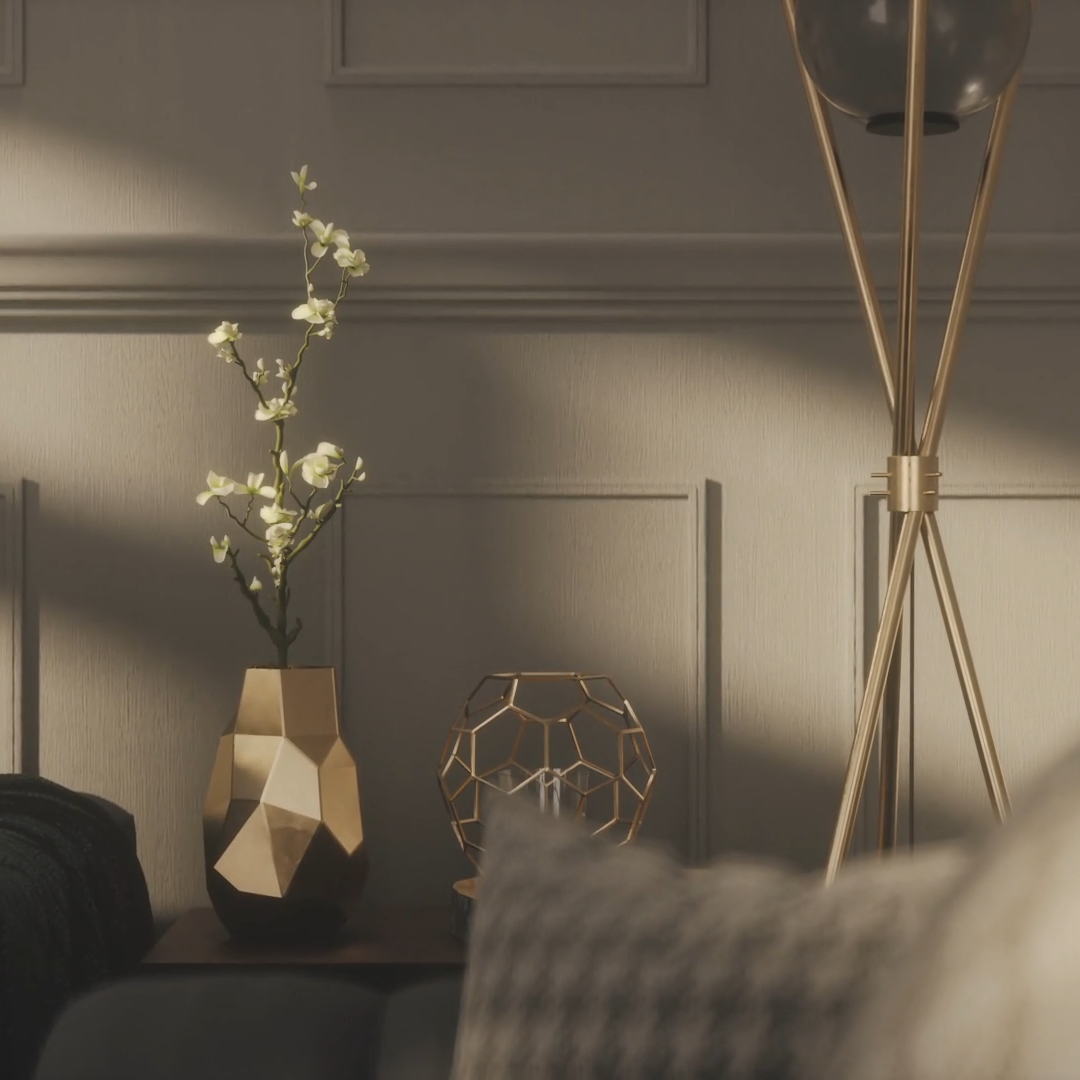

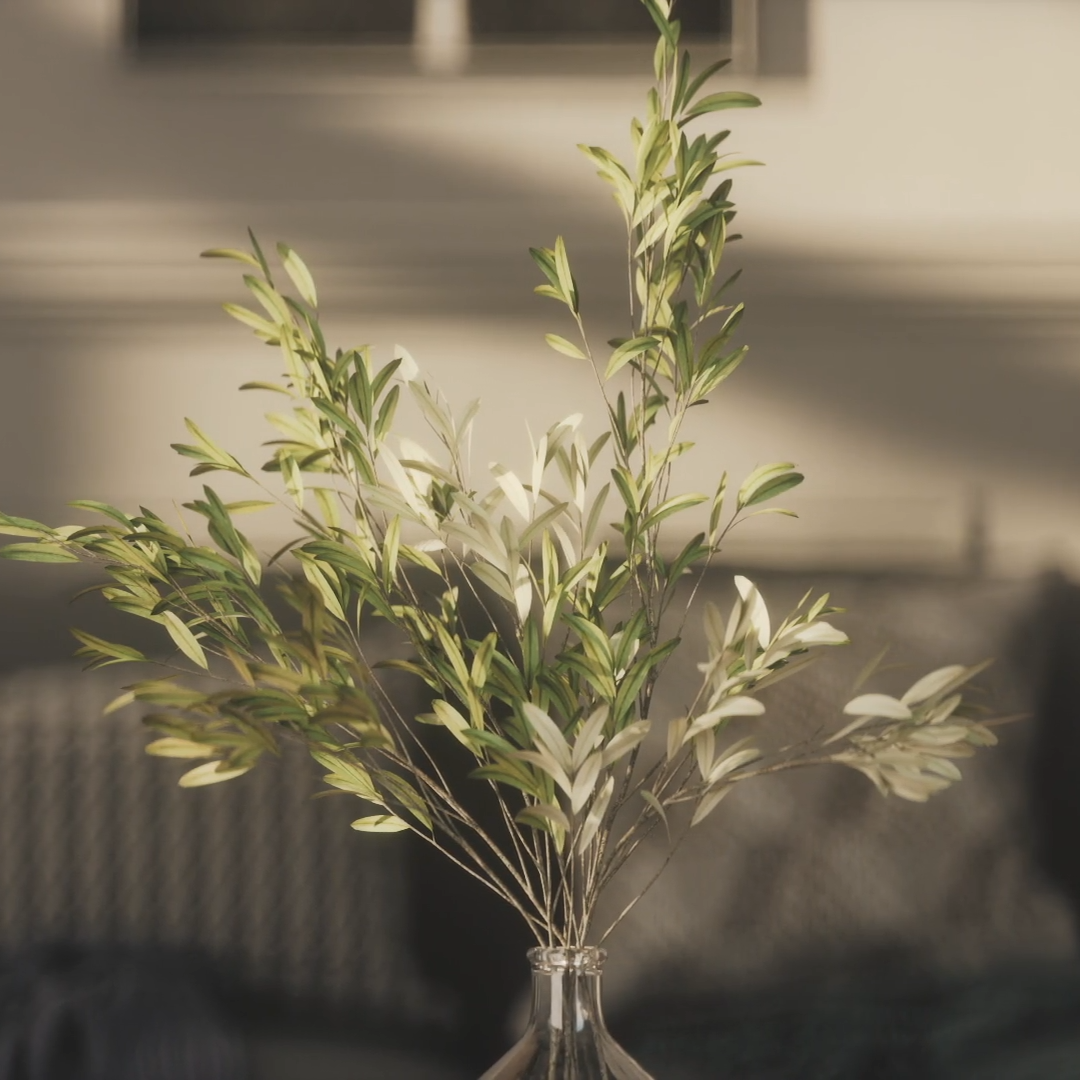
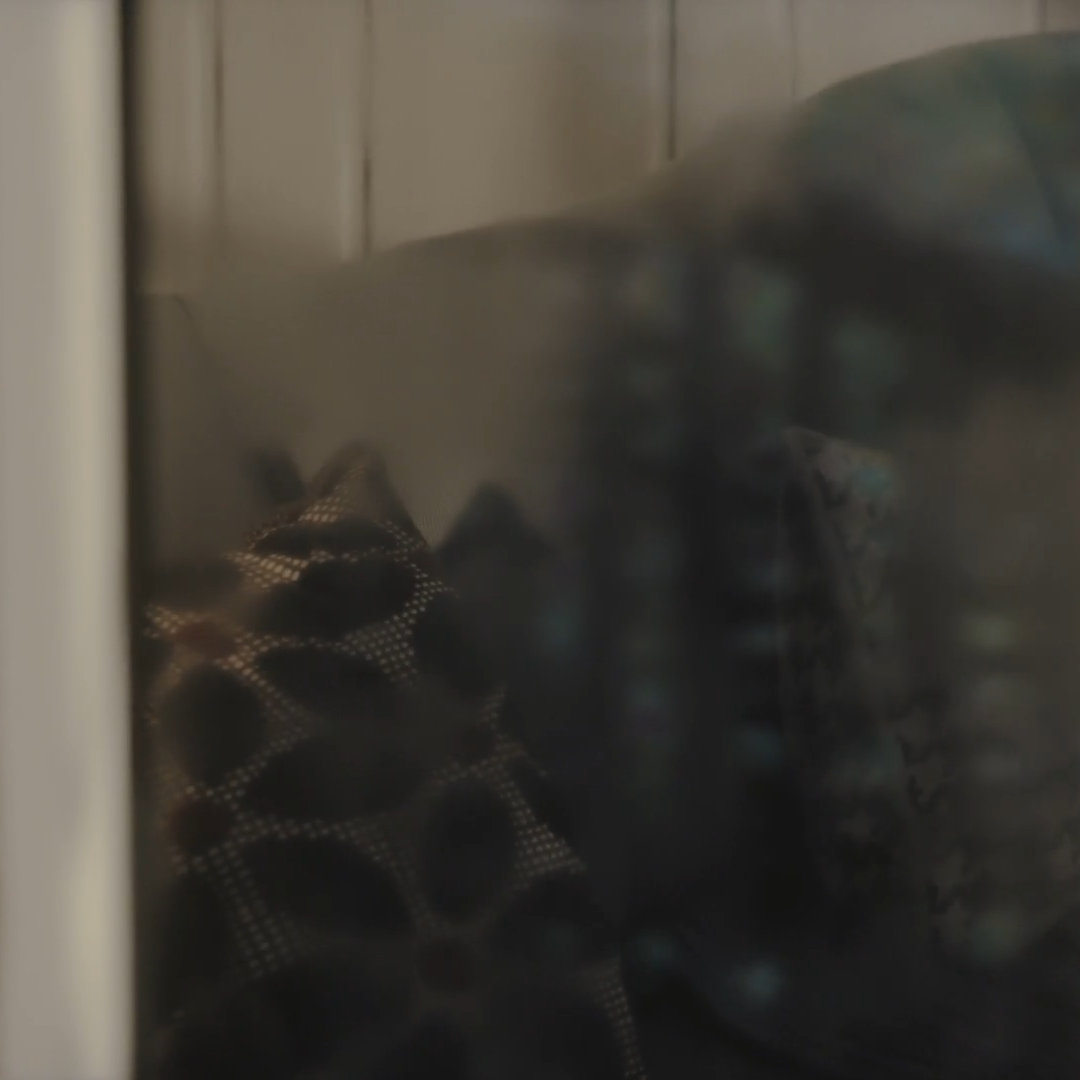
Creating this Ficus Elastica render presented a range of technical and creative challenges, from achieving lifelike textures and lighting to balancing scene composition and render optimization. Each obstacle pushed my skills further, helping me refine my approach to photorealistic CG work. The final result is a testament to the power of attention to detail and iterative improvement, showcasing the beauty of nature in a controlled digital environment. This project not only tested my abilities but also strengthened my confidence in tackling more complex scenes in the future.